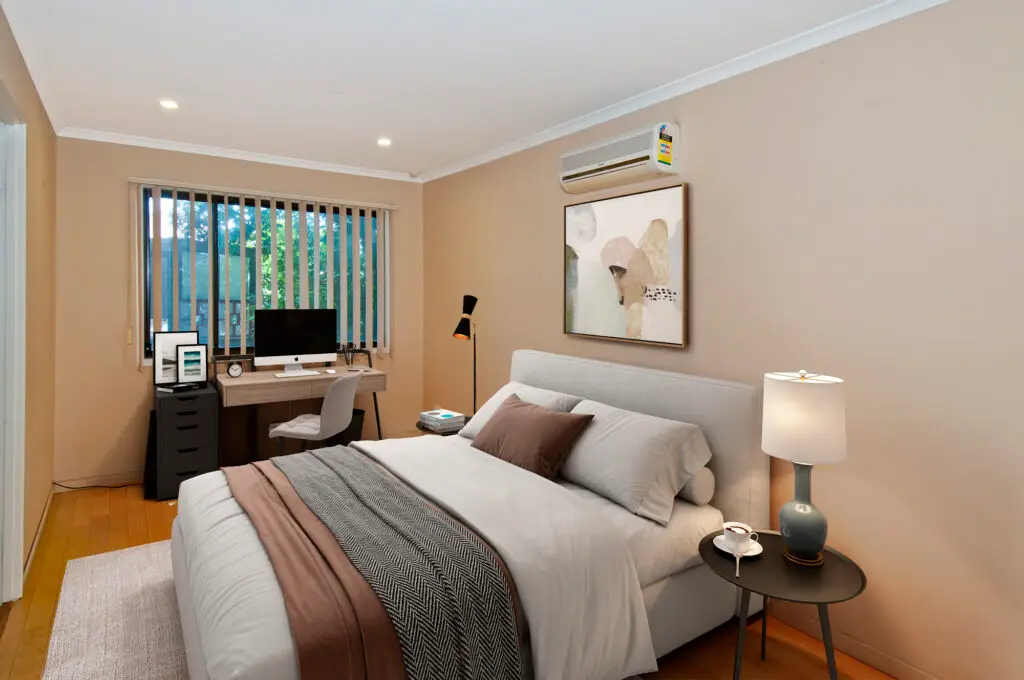
Disclaimers in Real Estate Photography: A Guide to Ethical Marketing
Introduction
In the world of real estate photography, disclaimers play an essential role in maintaining transparency and trust with potential buyers. Whether you’re enhancing images, using virtual staging, or offering detailed floor plans, it’s crucial to include clear disclaimers that set the right expectations. As a seasoned real estate photographer, I’ve learned the hard way that the absence of proper disclaimers can lead to misunderstandings, disappointed clients, or even legal troubles. In this blog, I’ll share my personal experiences and insights on the importance of disclaimers, how to craft them effectively, and how they can elevate your real estate photography business.
The Importance of Disclaimers in Real Estate Photography
Disclaimers are not just legal jargon—they’re an integral part of ethical marketing in real estate photography. They inform potential buyers that certain elements in the images, such as virtual furniture or enhanced skies, may not be part of the actual property. Disclaimers protect both the photographer and the seller from potential claims of misleading advertising.
In my early years as a real estate photographer, I once enhanced the lighting and added a blue sky to a property’s exterior shots. The house sold quickly, but the buyer was surprised upon visiting the property on a cloudy day, expecting the same bright ambiance they saw in the photos. The absence of a disclaimer led to a minor dispute, and I learned firsthand how crucial it is to manage expectations with disclaimers.
Disclaimers for Virtual Staging
Virtual staging has become a game-changer in real estate photography. It allows potential buyers to visualize a furnished space, which can significantly boost interest in a property. However, without proper disclaimers, virtual staging can be misleading. A well-crafted disclaimer clarifies that the furniture and decor in the images are digitally added and are not part of the actual property.
For instance, I once worked with a client who wanted to virtually stage an empty loft to appeal to a more upscale market. The virtual staging was so convincing that potential buyers were disappointed to find an empty space during their visit. After that experience, I always include a prominent disclaimer stating, “The furniture and decor in these images have been digitally added for illustrative purposes and are not part of the property.”

The furniture and decor in these images have been digitally added for illustrative purposes and are not part of the property.
Disclaimers for Before-and-After Images
Before-and-after images can be incredibly effective in showcasing a property’s potential. These images often depict possible renovations or changes that can transform a space. However, it’s essential to use disclaimers to clarify that these images are conceptual and may not represent the property’s current state.
I recall a time when I created a before-and-after series for a fixer-upper property. The “after” images depicted a beautifully renovated home, which attracted a lot of interest. However, several potential buyers assumed that the renovations had already been completed. To avoid any confusion in the future, I now always include a disclaimer like, “The ‘after’ images shown are for conceptual purposes only and do not reflect the current state of the property.”

Before: Empty Room

After: Virtual Staging by Digihomestudio.com
Disclaimers for Image Enhancements
Image enhancements, such as adjusting lighting, removing clutter, or replacing skies, are common practices in real estate photography. While these enhancements can make a property more appealing, they can also create unrealistic expectations if not properly disclosed. Disclaimers are crucial to ensure that buyers understand that the images have been altered for presentation purposes.
For example, I once enhanced the interior lighting of a dimly lit property to make it look more inviting. When buyers visited the property, they were surprised by how much darker it appeared in person. This experience taught me the importance of adding a disclaimer such as, “This image has been digitally enhanced for lighting and clarity.”

This image has been digitally enhanced for lighting and clarity.
Disclaimers for Floor Plans
Floor plans are invaluable tools for helping buyers visualize the layout of a property. However, it’s important to include disclaimers indicating that the dimensions and layout are approximate and may vary from the actual property. This helps manage expectations and prevents any potential disputes over the accuracy of the information provided.
In my work, I’ve found that providing detailed floor plans can significantly increase interest in a property. However, I always include a disclaimer stating, “Floor plans are for illustrative purposes only and may not be to scale.” This ensures that buyers have a clear understanding that the floor plan is a helpful guide but not an exact representation.

Floor plans are for illustrative purposes only and may not be to scale.
How to Craft Effective Disclaimers
Crafting effective disclaimers requires a balance between clarity and conciseness. The goal is to ensure that the disclaimer is easily understood and clearly communicates the necessary information without overwhelming the viewer.
Legal Considerations: It’s important to consult with a legal professional to ensure that your disclaimers comply with local regulations. This is especially important if you’re working in multiple regions where laws may vary.
Best Practices: Place disclaimers in a visible location, such as on the image itself or in the description. Use clear and simple language to avoid any confusion. For example, a disclaimer like, “This image is for illustrative purposes only,” is straightforward and easy to understand.
Personal Experience: In one instance, I forgot to include a disclaimer on a virtual renovation image. The client received several inquiries from buyers who were under the impression that the renovations had already been completed. This oversight led to a lot of back-and-forth clarification and delayed the sales process. Since then, I’ve made it a point to double-check that every image has the appropriate disclaimer before publishing.
Enhancing Your Photography Skills
As real estate photographers, it’s important to continually refine our skills and stay updated on the latest tools and techniques. However, even as we strive to create the most visually appealing images, we must remember the importance of transparency through disclaimers.
Continuous Learning: The real estate photography industry is always evolving. To stay competitive, invest in ongoing education, whether through online courses, workshops, or webinars. This not only enhances your skills but also keeps you informed about the latest best practices, including the use of disclaimers.
Technology and Tools: The advancements in photography software and tools are remarkable. From HDR to AI-driven enhancements, these tools can significantly improve the quality of your images. However, it’s crucial to use these tools ethically by including appropriate disclaimers that inform viewers of any alterations made.
Suggestions for Virtual Staging Services
If you are looking for a professional virtual staging and render service at an affordable price, Digihomestudio.com is a worthy place for you to trust and accompany. You can expect to invest around $29 for a meticulously designed and lifelike final image, suitable for showcasing your home across various digital platforms.
We have a network of world-class virtual stage editors and designers in Vietnam. To ensure the best level of service, the customer service team is located in the US.
Our virtual home staging services include:
- Staging for empty or furnished rooms
- 2D and 3D floor plans
- Change the color of the walls and floors
- Virtual renovation
- Erase furniture and small objects
- And much more!
If you’re prepared to elevate your real estate marketing strategies, reach out to Digihomestudio.com now and experience the benefits of collaborating with one of the top virtual staging firms available today.
Conclusion
Disclaimers are an essential part of ethical real estate photography. They protect both you and your clients by setting clear expectations and preventing misunderstandings. By incorporating disclaimers into your workflow, you can enhance the trustworthiness of your marketing efforts and build a stronger, more reputable brand.
As you continue to develop your real estate photography business, remember that disclaimers are not just about legal protection—they’re about building trust with your clients and potential buyers. I encourage you to share your experiences with disclaimers in the comments below. How have they impacted your work? Have they helped clarify any misunderstandings? Let’s discuss and learn from each other.
Read more:





Leave a Reply